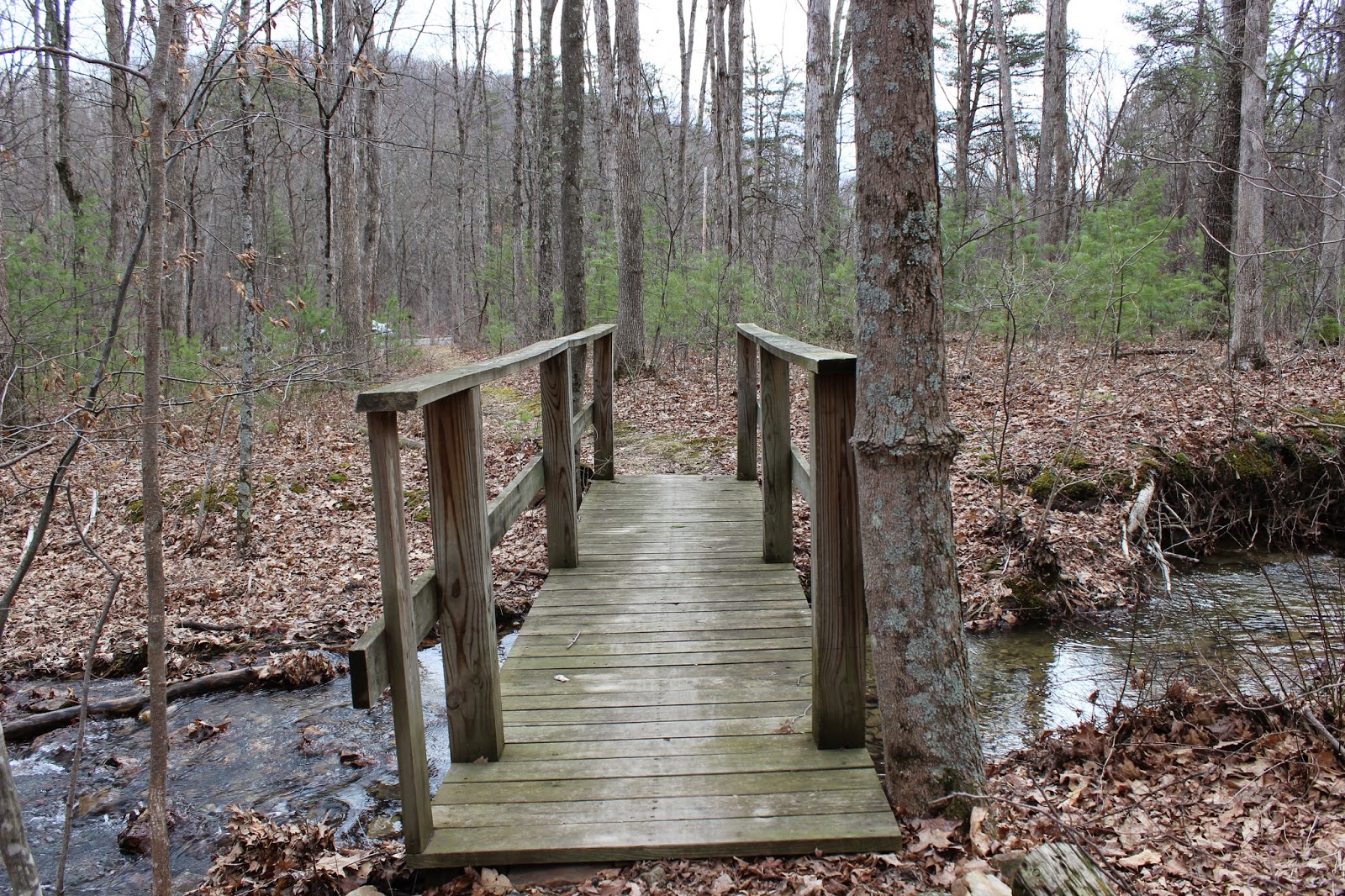 |
| Overlooking Altoona on Wopsononock Mountain |
To continue with the last couple blog
themes of women in white, I felt it was time to write about the White
Lady of Wopsy. This legend comes from the Wopsononock, aka Wopsy,
mountain west of Altoona, PA. It was one of the first ghost stories I
was made aware of growing up. Chances are most people living near
Altoona have heard some variation of the tale also. Stories about the
White Lady started around the mid 19th century and now a
few different versions exist. Sometimes she is also referred to as the
White Lady of the Buckhorn, named after an adjacent mountain she is
often seen on.
 Wopsononck mountain during the turn of
the 19th century was a popular attraction. At the top of
the mountain, there once stood a 3 story and 60 room hotel-resort. At
the edge of the mountain a 4-story observation tower looked out over
the valley of Altoona. The resort also featured its own railroad line
that would accommodate picnickers, and sightseers up and down the
mountain. In 1903, a forest fire started and took the hotel with
other small cottages and vacation homes. A few years after the fire,
the railroad and lookout tower were dismantled due to poor funding
and lack of interest. Stories of a woman in white really started to
spread after the resort was gone. To visit the site of the old
resort, follow Wopsy road from Altoona and make a right-hand turn
onto Look Out road. The area now is filled with radio and TV towers.
Wopsononck mountain during the turn of
the 19th century was a popular attraction. At the top of
the mountain, there once stood a 3 story and 60 room hotel-resort. At
the edge of the mountain a 4-story observation tower looked out over
the valley of Altoona. The resort also featured its own railroad line
that would accommodate picnickers, and sightseers up and down the
mountain. In 1903, a forest fire started and took the hotel with
other small cottages and vacation homes. A few years after the fire,
the railroad and lookout tower were dismantled due to poor funding
and lack of interest. Stories of a woman in white really started to
spread after the resort was gone. To visit the site of the old
resort, follow Wopsy road from Altoona and make a right-hand turn
onto Look Out road. The area now is filled with radio and TV towers.
The White Lady of Wopsy is seen as a
beautiful young woman wearing a long, white, flowing dress. Sometimes
she is seen holding a candle or lantern and always seems to be
searching for something. The story goes that her and her newly
married husband are traveling the roads on Wopsy mountain by horse
and carriage, maybe from the old resort, and are victims of a
horrible accident. In a lot of the tales the accident takes place
during the colder months. Her husband dies in the wreck and she dies
shortly after wandering the mountain due to exposure.
Other variations explain that their
baby was in a carriage with them when they wrecked. Sometimes the
baby is said to have been thrown out of the carriage rounding devil's
elbow. Devil's elbow is a sharp turn on Wopsononck mountain that has
had many accidents throughout the years. Some believe the White Lady
died searching for her lost baby in the woods along the Buckhorn and
Wopsy mountains and is doomed to keep looking. Yet another story
explains the husband was decapitated and the woman died while looking
for her husbands head.
Some speculation is made that the White
Lady actually lived on Wopsy mountain. Possibly even an old cottage
left from the Resort. Local hunters and thrill seekers have reported
finding an old abandon house on the mountain, but no exact location
is known. The White Lady is said to haunt the old house as well.
Many people to this day still claim to
see a woman in white roaming the roads along the Buckhorn and Wopsy.
People have reported seeing her reflection in their rear-view mirror.
Others have admitted to offering a young woman a ride along the
mountain roads. She normally smiles and fades away. Reports have
taken place at no particular time of the year. The stories are so
well known, even a local bar is named “The White Lady Tavern”. So
be alert if you are ever traveling the mountains late at night west
of Altoona.



















































